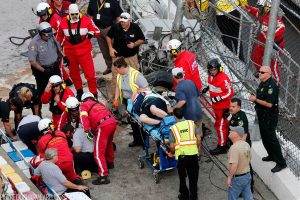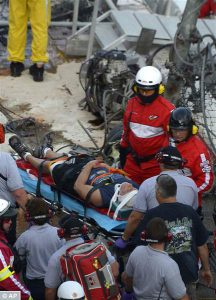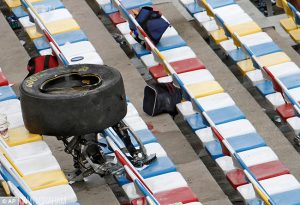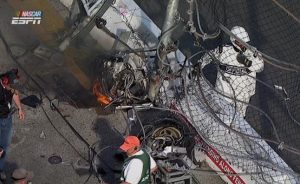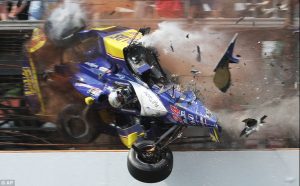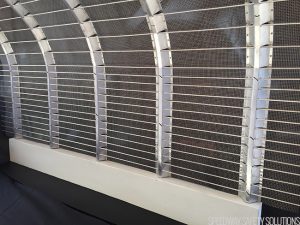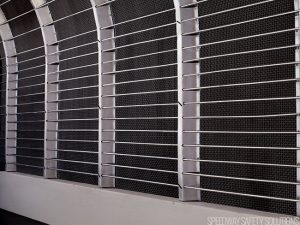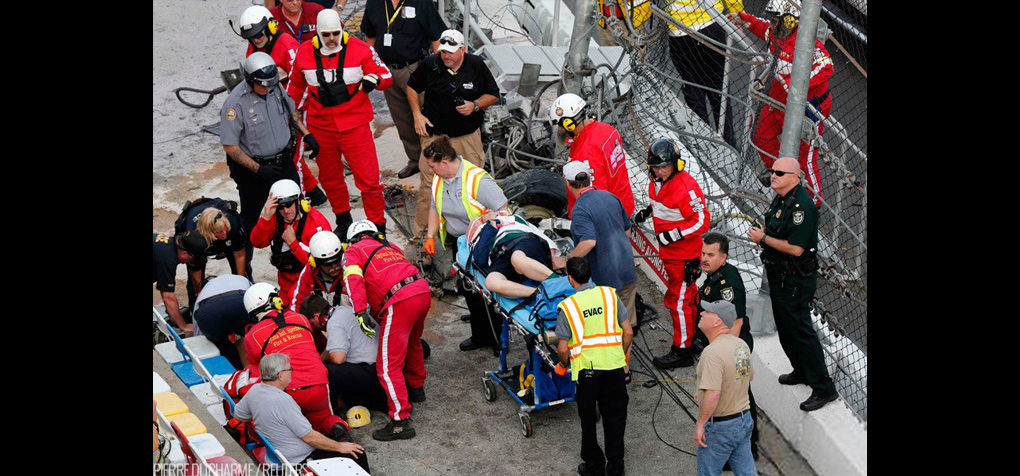
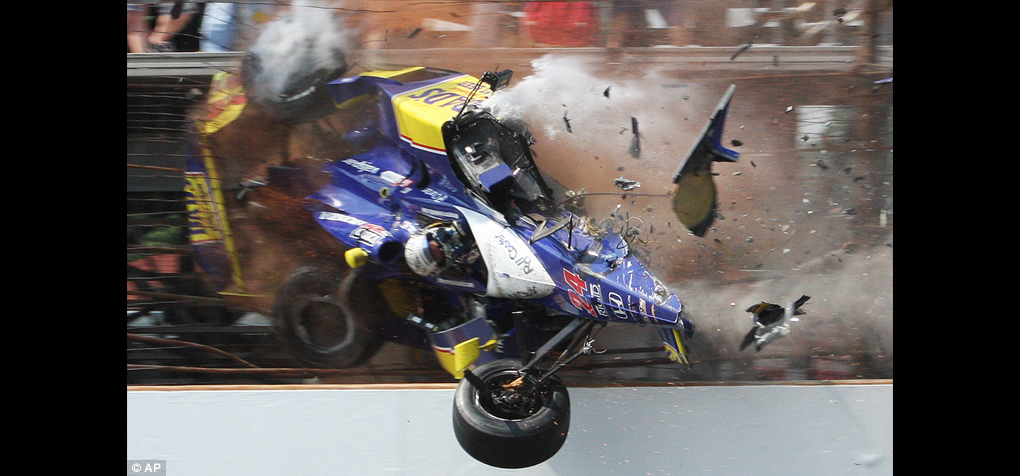
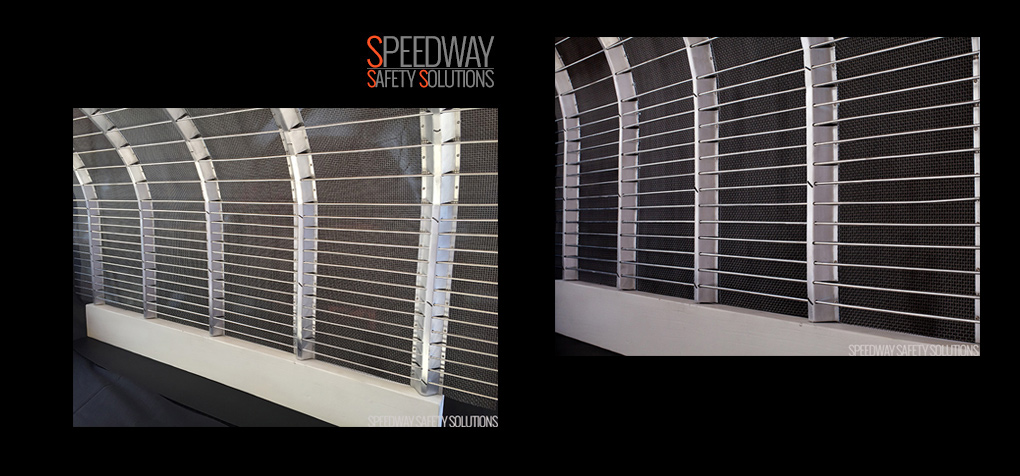
Spectator Safety
“The most serious safety issue facing speedway and oval track auto racing is not only for the safety of the drivers, but safety for the spectators as well.”
John Weatherwax, Founder
Speedway Safety Solutions
Current Catch Fence Design
“The design flaw in the current catch fence barrier in use today is the component used to protect spectators from crash debris, the wire mesh screen, is the very instrument causing the complete destruction of the race vehicle and crash debris in the first place.”
…read more
Speedway Safety Solutions
What if a catch fence was designed that would allow a race vehicle to deflect away from the barrier instead of entangling and destroying it?
…read more
“The most serious safety issue facing speedway and oval track auto racing is not only for the safety of the drivers, but safety for the spectators as well.”
John Weatherwax, Founder
Speedway Safety Solutions
Motor speedway and oval track automobile racing will never be totally safe for the drivers. Accidents always have been and always will be part of the sport. And after every serious incident, sanctioning bodies and track officials evaluate any weakness in car design, driver safety components, and track safety measures. After this evaluation, if things can be improved, changes are swiftly made. This has led to better race car cockpit design, improved safety protection for the drivers such as the HANS device, and the biggest contributor to driver safety, the SAFER barrier.
But has spectator safety been evaluated and improved after serious accidents recently that have seriously injured spectators?
The barrier above the concrete wall and SAFER barrier is commonly referred to as the “Catch Fence”. It is not in place for the safety of the drivers, but for the protection of the spectators, there to prevent a car and crash debris from entering the spectator area. Over the last twenty years, there have been numerous instances of race vehicles getting airborne and being destroyed caught up in the catch fence. In more recent years, these crashes have resulted in numerous spectator injuries. Yet nothing has been done to improve the design of this barrier which has proven over and over again to be insufficient for its intended purpose.
Since the building of the Daytona Speedway in 1959, this barrier has seen multiple upgrades, but the fundamental design of the catch fence has not been changed in almost 60 years. The currently configured catch fence incorporates the same basic three components. Vertical posts or stanchions mounted on top or behind the concrete walls arched at the top over the race track. Multiple horizontal steel cables are tied to these stanchions to provide the main integral structure needed to stop a race vehicle from penetrating catch fence. And lastly, a small wire mesh screen or chain link fencing material in place to prevent crash debris from entering spectator area. All of these components are tied together to form this safety barrier.
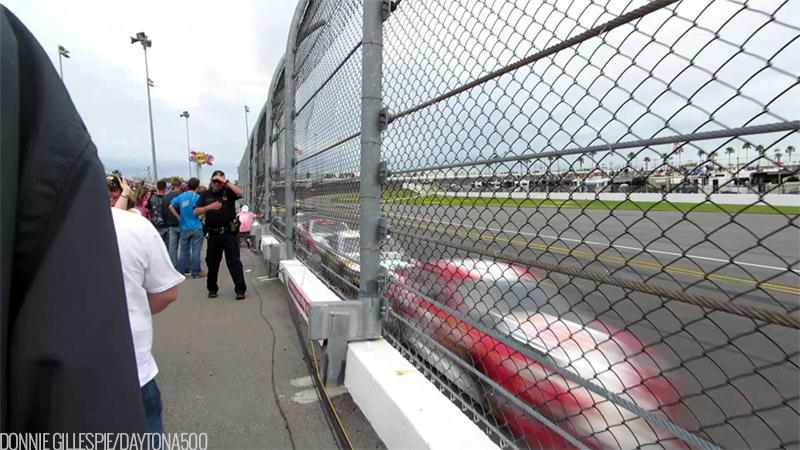
There is however one serious flaw to this design.
In almost every instance a race vehicle gets into this barrier, it does just as its name implies. It catches or entangles the car in the wire mesh, or, the race vehicle impacts the vertical post or stanchion. This crash dynamic does two things. First, the catch fence is in affect trying to stop the forward momentum of a race vehicle weighing 1,500 to 3,500 pounds traveling at 200 MPH. In addition, when a race car does become entangled in this barrier, the catch fence acts like a cheese grater, causing the total destruction of the vehicle, and in some instances compromising this barrier itself leaving spectators vulnerable to crash debris.
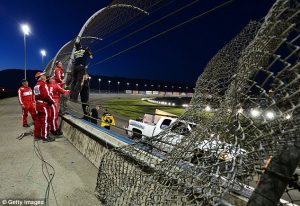 “The design flaw in the current catch fence barrier in use today is the component used to protect spectators from crash debris, the wire mesh screen, is the very instrument causing the complete destruction of the race vehicle and crash debris in the first place.”
“The design flaw in the current catch fence barrier in use today is the component used to protect spectators from crash debris, the wire mesh screen, is the very instrument causing the complete destruction of the race vehicle and crash debris in the first place.”
John Weatherwax
What if a catch fence was designed that would allow a race vehicle to deflect away from the barrier instead of entangling and destroying it?
After the death of Dan Weldon at Las Vegas Motor Speedway in October of 2011, Speedway Safety Solutions founder John Weatherwax started designing a new catch fence barrier that would allow just that.
First, all vertical posts/stanchions will have a V-shaped deflection plate mounted trackside of the post that will reduce impact upon posts allowing car to deflect away. The second design change, and the most important, is relocating the wire mesh screen back from the barrier 12”- 18”, mounting to flanges on back side (spectator side) of V-shaped deflection plates (See pictures of concept scale model below; small diameter rod is used to represent taught horizontal cables).
One of the biggest benefits of this newly designed safety barrier is it would retrofit to any current oval track catch fence in use today, thereby eliminating the need for race track owners to tear down what they have in place now and starting over. Some skeptics might say “What testing has been done with this new safety barrier”? The answer is none. But what testing was done on the original catch fence erected at Daytona Speedway in 1959? The answer again is none. And the current design has proven over and over again to be insufficient to do what it is supposed to do.
Keep in mind, the Speedway Safety Solutions barrier improves and strengthens what’s in place today. It does not replace it.
Speedway and oval track racing in America has been lucky to date. Over the years there have been numerous driver and spectator injuries resulting from this outdated catch fence barrier that is used today.
It’s not a matter of if, just when, these injuries become fatalities. And that will forever change auto racing in the U.S. as we know it.
Speedway Safety Solutions founder John Weatherwax has proudly received a United States Patent for this new race track safety barrier, patent number 20140252289 A1.

